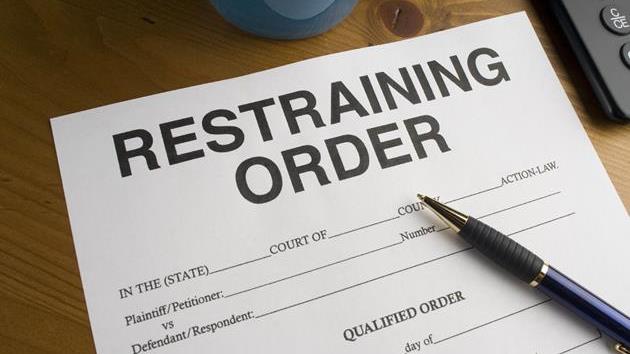
A restraining order or an order of protection is a court order that’s signed by a judge and served on the party it’s issued against. It prohibits a person from physically abusing, threatening, harassing, intimidating, stalking or otherwise interfering with your civil liberties or those of a protected person under the state statute.
A restraining order can prohibit somebody from contacting you or your family members directly or indirectly, and requires they stay a certain physical distance from you and your family members; that includes places of employment, schools, parks, or other settings depending on the scope of the restraining order.
In divorce or separation, circumstances might come to a head if you have a volatile or aggressive partner. As a parent or maybe just being single for the first time, safety should be your first priority. If you are feeling threatened or unsafe due to an ex’s behavior, it might be time to consider a restraining order as part of your legal safety. If you are thinking about using this option, it’s important you are educated on how it works and what options you have.
Emergency Orders
The law allows for emergency restraining orders without notice to the allegedly offending person, but it also requires the order be personally served on them. Due process of the law also allows that person an opportunity to respond. This is why most emergency restraining orders are only good for 10 to 28 days. It might not last, but it will give you some time to work out a better option with your attorney.
Due Process of Law
After the emergency period expires, and assuming the respondent has been served, he or she is allowed a full hearing on all issues involving the allegations contained in the emergency order. That includes the right of to a full evidentiary hearing and confronting any witnesses against them – particularly the person that asked for the emergency order.
After a full hearing, the presiding judge can either fashion their own restraining order or deny any further relief. If the respondent doesn’t appear in court on a full hearing after being served, the petitioner is usually given whatever legal protection they ask for. If the respondent hasn’t been served with the emergency order, the full hearing is routinely continued.
Gender Specificity
Restraining orders don’t just protect women from bad guys; they protect good guys from bad women too. It’s not at all unusual to see a man in court seeking a restraining order against a former spouse or significant other. According to Blumenauer Hackworth, adult children can ask for restraining orders against parents, and even minor children can seek them through a court-appointed guardian. Talk to your legal adviser about what options you have and what might be best in order to protect yourself and your family.
Courtrooms that deal with domestic or other restraining orders are often buried in cases that carry high emotions. Remember, these emotions can’t control a court case. Judges see high tensions in their cases each and every day. Their jobs are easier when they see evidence of persistent abusive behavior. Seek the benefit of a family or divorce lawyer before going to court for a restraining order. Any relief you get without the benefit of a family or divorce lawyer might only be temporary.
As you go through your divorce or separation, make sure your safety is your first priority. If you are facing any threats to yourself, your family or children, use the options available to you to get a restraining order against an ex who is causing you trouble. Stay safe and keep yourself protected.
More from DivorcedMoms

Leave a Reply